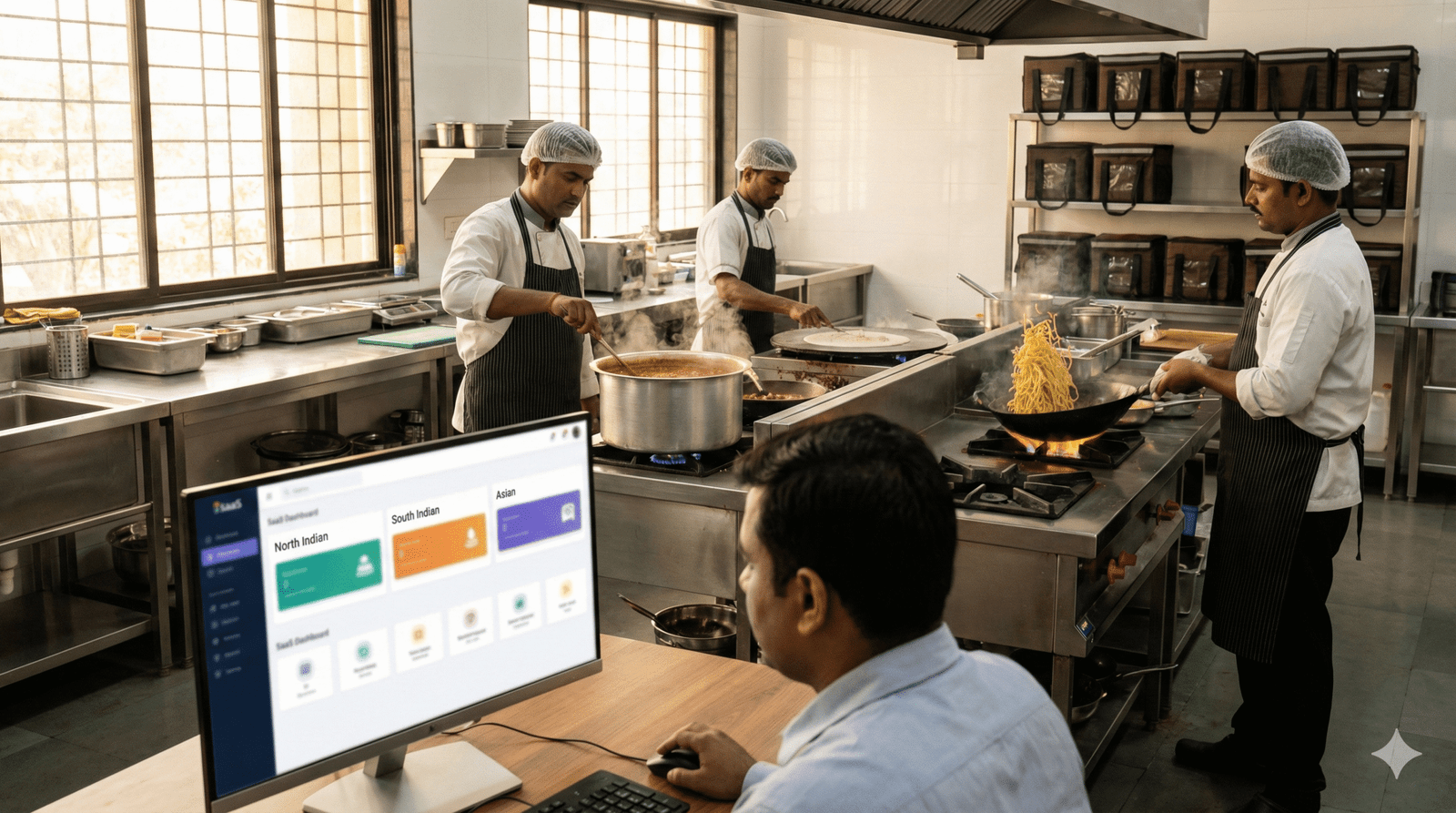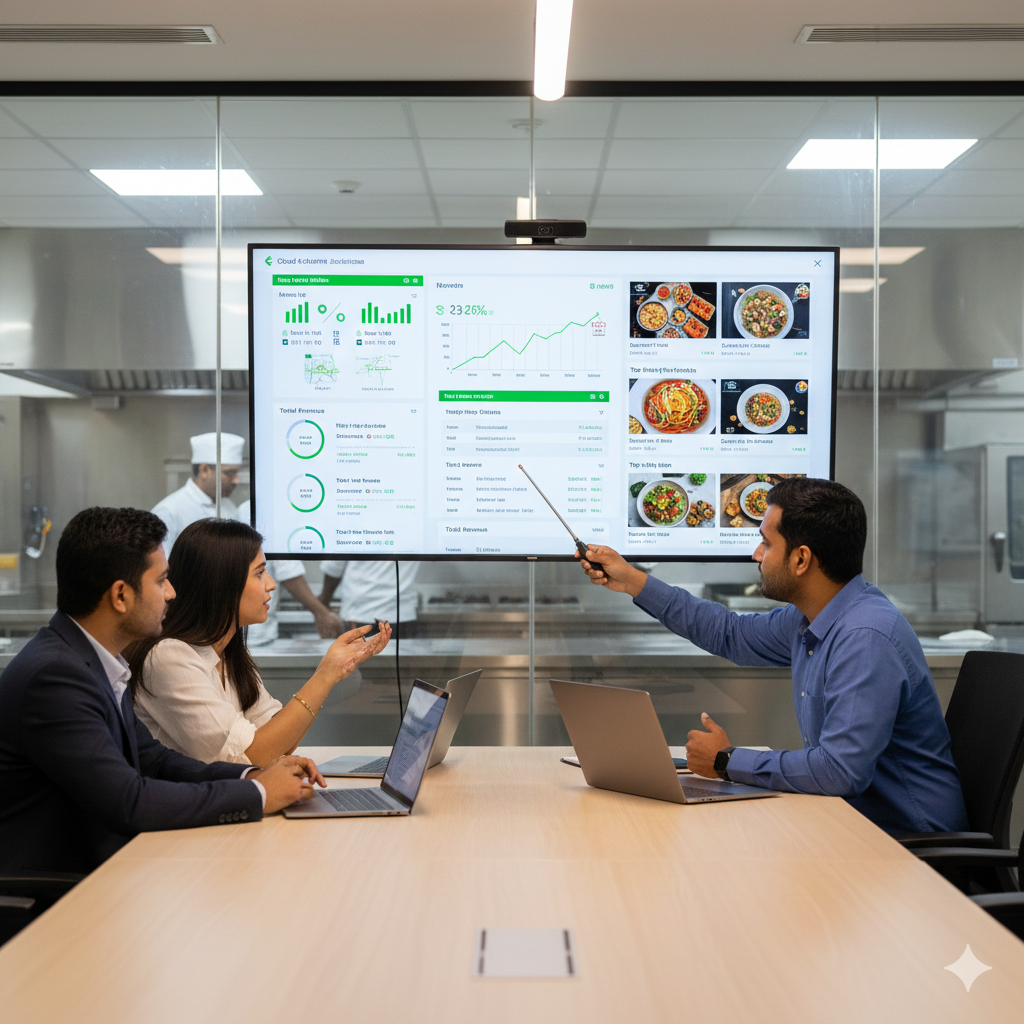In the competitive world of the restaurant industry, the key to success lies in maximizing every opportunity to enhance customer satisfaction and increase sales. One of the most effective strategies to achieve this is through menu optimization. A well-optimized menu can significantly influence customer choices, improve order accuracy, and boost your bottom line. we will explore practical menu optimization tips to help you drive sales and elevate your restaurant’s performance.

Understand Your Audience
The first step in menu optimization is to understand your audience. Knowing who your customers are, what they like, and their spending habits can help you tailor your menu to their preferences. Conduct surveys, analyze sales data, and observe customer behavior to gather insights. Are your customers health-conscious, or do they prefer indulgent meals? Do they have dietary restrictions? Use this information to create a menu that resonates with your target audience.
Simplify Your Menu
A cluttered menu can overwhelm customers and hinder their decision-making process. Simplifying your menu can lead to quicker choices and higher satisfaction. Limit the number of items in each category to a manageable number. This not only makes it easier for customers to choose but also helps your kitchen staff maintain consistency and quality. Highlight your best sellers and unique dishes to draw attention to them.
Use Descriptive Language
The way you describe your dishes can have a significant impact on their appeal. Use descriptive language to create a vivid picture of each dish. Instead of just listing ingredients, highlight the flavors, textures, and preparation methods. For example, instead of “Grilled Chicken Sandwich,” you could write “Juicy Grilled Chicken Sandwich with Fresh Avocado, Crisp Lettuce, and Chipotle Mayo.” Descriptive language can make your dishes more enticing and encourage customers to try something new.
Read Also : 5 Restaurant Menu Pricing Strategies That Will Help Boost Your Sales
Why Restaurant Menu Online Matters for Your Business
Implement Strategic Pricing
Pricing plays a crucial role in menu optimization. Use psychological pricing techniques to make your prices more appealing. For instance, pricing an item at ₹ 199 instead of ₹ 200 can make it seem more affordable. Additionally, consider the placement of prices on your menu. Avoid using currency symbols, as they can remind customers of the cost. Instead, list prices discreetly after the description.
Highlight High-Margin Items
Identify the dishes that bring in the highest profit margins and give them prime real estate on your menu. Use visual cues like boxes, borders, or icons to draw attention to these items. Position them at the top or center of the menu where customers’ eyes naturally gravitate. By promoting high-margin items, you can increase profitability without raising prices across the board.
Seasonal and Limited-Time Offers
Incorporate seasonal and limited-time offers to keep your menu fresh and exciting. Seasonal ingredients can enhance the flavor and appeal of your dishes, while limited-time offers create a sense of urgency, encouraging customers to visit your restaurant before the offer ends. These strategies can drive repeat business and attract new customers looking for unique dining experiences.
Optimize Menu Layout
The layout of your menu can influence customer choices. Use a clean and organized design with clear headings and sections. People tend to read menus in a Z-pattern, starting at the top left, moving to the top right, then diagonally down to the bottom left, and finally to the bottom right. Place your high-margin and signature dishes in these key areas to maximize visibility. Avoid overcrowding the menu with too much text or images, as this can be distracting.
Utilize High-Quality Images
High-quality images can make your dishes look more appealing and help customers make decisions. Invest in professional food photography to showcase your best dishes. However, use images sparingly to avoid cluttering the menu. A few well-placed photos can enhance the visual appeal of your menu and stimulate appetite.
Gather and Act on Feedback
Finally, continuously gather feedback from your customers and staff. Regularly review your menu’s performance and make adjustments based on what you learn. Pay attention to what customers are saying about your dishes and pricing. Are there items that are consistently praised or criticized? Use this feedback to refine your menu and ensure it meets the evolving preferences of your customers.
Conclusion
Menu optimization is an ongoing process that requires a keen understanding of your audience, strategic pricing, and continuous refinement. By implementing these menu optimization tips, you can enhance the dining experience, increase customer satisfaction, and ultimately boost your restaurant sales. Remember, a well-optimized menu is not just a list of dishes but a powerful tool to drive your restaurant’s success.





